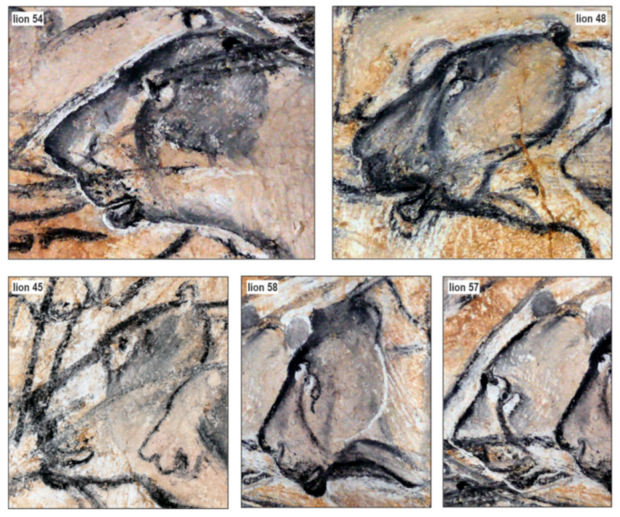The mummified continues to be of two cave lion cubs were being found out in Russia, and the a short while ago unveiled specimens may well be the greatest examples of cave lion mummies in the earth.
Boris, the male cub, was uncovered in 2017 when Boris Berezhnev, a regional resident and certified mammoth tusk collector, was hunting for mammoth tusks alongside the Semyuelyakh River in Siberia. The cub is all over 43,448 a long time outdated.
Just a yr later on in 2018, a woman cub was uncovered about 15 meters absent. Scientists named her Sparta, and she is about 27,962 many years outdated. Each cubs were being uncovered close to 10 to 12 meters deep and are about the dimensions of an adult home cat. The cubs ended up only 1 or two months old when they were mummified.
Researchers recognized the two cubs as cave lions in a investigation paper published August 4. Cave lions lived across Europe and Asia right up until their extinction all over 10,000 years in the past. These two specimens are specifically vital thanks to their effectively-preserved point out.
The Preliminary Analysis of Cave Lion Cubs Panthera spelaea (Goldfuss, 1810) from the Permafrost of Siberia. Quaternary 2021, 4, 24. https://doi.org/ 10.3390/quat4030024
“Acquiring intact frozen specimens like this is critical,” professor Really like Dalen, a member of the Stockholm University’s Center for Palaeogenetics investigate staff, advised CBS News. “It lets us explore new issues about extinct species, these types of as the shade of their fur… these frozen animals usually have excellent DNA preservation, permitting us examine the genomes of extinct animals.
“The cub named Sparta is especially unique considering the fact that it is most likely the greatest preserved Ice Age specimen ever located,” Dalen stated.
Because they had been frozen in ice, the colour of their fur viewed in pictures taken after their discovery is probably the same as it was when they were being residing.
Cave lions are related to contemporary African lions, but they “most likely diverged from contemporary lions close to 1.85 million yrs back,” Dalen says.
“They ended up up to 20% bigger than modern lions, and the males did potentially not have any mane. The cave lion was likely adapted to chilly environments, and had been a major predator in the mammoth steppe ecosystem.”
The Preliminary Examination of Cave Lion Cubs Panthera spelaea (Goldfuss, 1810) from the Permafrost of Siberia. Quaternary 2021, 4, 24. https://doi.org/ 10.3390/quat4030024
Cave lions are specifically intriguing due to the fact of the amount of prehistoric paintings depicting them — paintings that have truly served researchers master about the extinct animal’s anatomy.
“The cave paintings only clearly show lions without the need of manes,” Dalen says. “So one particular hypothesis based mostly on the cave artwork is that the males lacked manes, a thing that we can quite possibly test applying genetic strategies in the foreseeable future.”
Though researchers say it is “extremely complicated” to pin down what killed the two lion cubs, it is apparent that they were being not killed by predators. There is also no evidence that scavengers had access to the cubs right after they died, as there are no tooth marks anywhere on the remains.
This signifies that they may perhaps have been buried beneath the ice before long immediately after their fatalities. A single likelihood floated by scientists is that a landslide buried their dens. Both equally cubs experienced skull problems and rib dislocations, which supports this theory.
Two other lion cubs experienced earlier been uncovered in the exact river basin, foremost scientists to consider that the area was a favourite breeding web page for cave lions.






